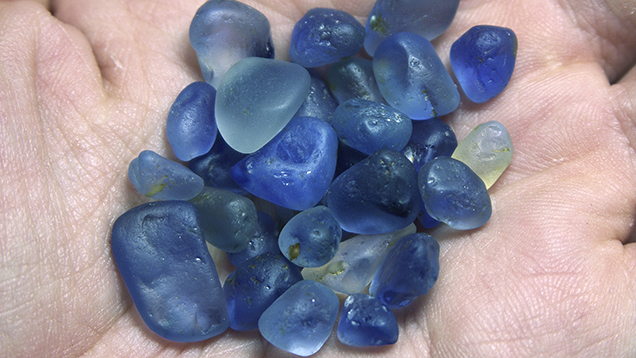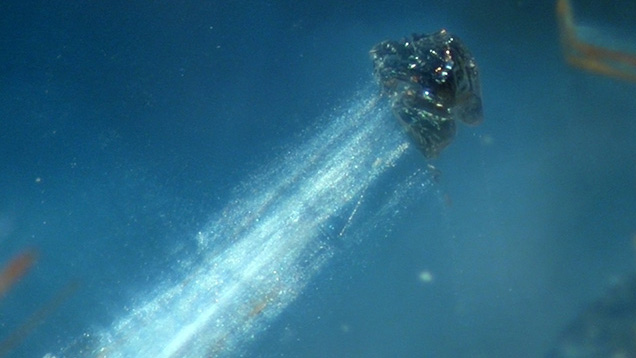Beryllium in Blue Sapphires, Both Natural and Diffusion-Treated

Microscopic examination of these beryllium-treated sapphires indicated that the treatment took place at extreme temperatures (J.L. Emmett et al., “Beryllium diffusion of ruby and sapphire,” Summer 2003 G&G, pp. 84–135). The only diagnostic evidence using standard gemological equipment was. Other distinctive features proved that the stones were subjected to very high temperatures: highly altered zircon inclusions, internal recrystallization, internal diffusion around rutile crystals, synthetic overgrowth, and severely damaged crystals of unknown identity. Furthermore, the presence of color zoning that conformed to the external faceted shape of the stone suggested some level of diffusion technology.
Beryllium in Be2+ form has a very small ion; it is therefore capable of penetrating deep into the sapphire, via diffusion, during heat treatment. Light elements, such as beryllium at low ppm levels, are not easy to measure. To detect the element, laboratories needed instrumentation previously not used in gemology. Highly sensitive chemical analysis techniques, such as secondary ion mass spectrometry (SIMS), laser ablation–inductively coupled plasma–mass spectrometry (LA-ICP-MS), and laser induced breakdown spectroscopy (LIBS) became necessary.
As author Vincent Pardieu notes, however, blue sapphire with a natural beryllium content has been reported on several occasions, in material from a variety of sources. The best way to obtain a reference stone, to be certain about the exact origin of the beryllium in sapphire, is to go to the source. That is exactly what Pardieu did during field trips that took him from Madagascar (2005) to Afghanistan (2010–2011) and Tasmania (2012) to collect samples. The samples were subjected to LA-ICP-MS for trace elemental analysis.

Figure 1. Comet-type inclusion in a milky blue sapphire from Ampasimamitaka. The whitish tail and milky area around it were found to have a significant beryllium content. Photo courtesy of Vincent Pardieu.
Beryllium was found in clouds of minute particles in sapphires from Ampasimamitaka, Madagascar, in association with niobium, tantalum, and tungsten (figure 1). Euhedral sapphire specimens from a primary deposit in the Sar-e-Sang area of Badakhshan, Afghanistan, displayed milky areas with some beryllium and tungsten content. Finally, beryllium was associated with niobium and tantalum in the Tasmanian sapphire samples. Sapphires from Tasmania are basalt related, while those from Ampasimamitaka and Sar-e-Sang are of the metamorphic type. In both types, beryllium was associated with other trace elements such as niobium, tantalum, or tungsten. These trace elements are lacking in sapphires treated with beryllium. This information should enable gemological laboratories to distinguish blue sapphires containing natural beryllium from beryllium-treated blue sapphires. The amount of each trace element associated with beryllium is a possible key to identifying the origin of blue sapphires with natural beryllium content.



